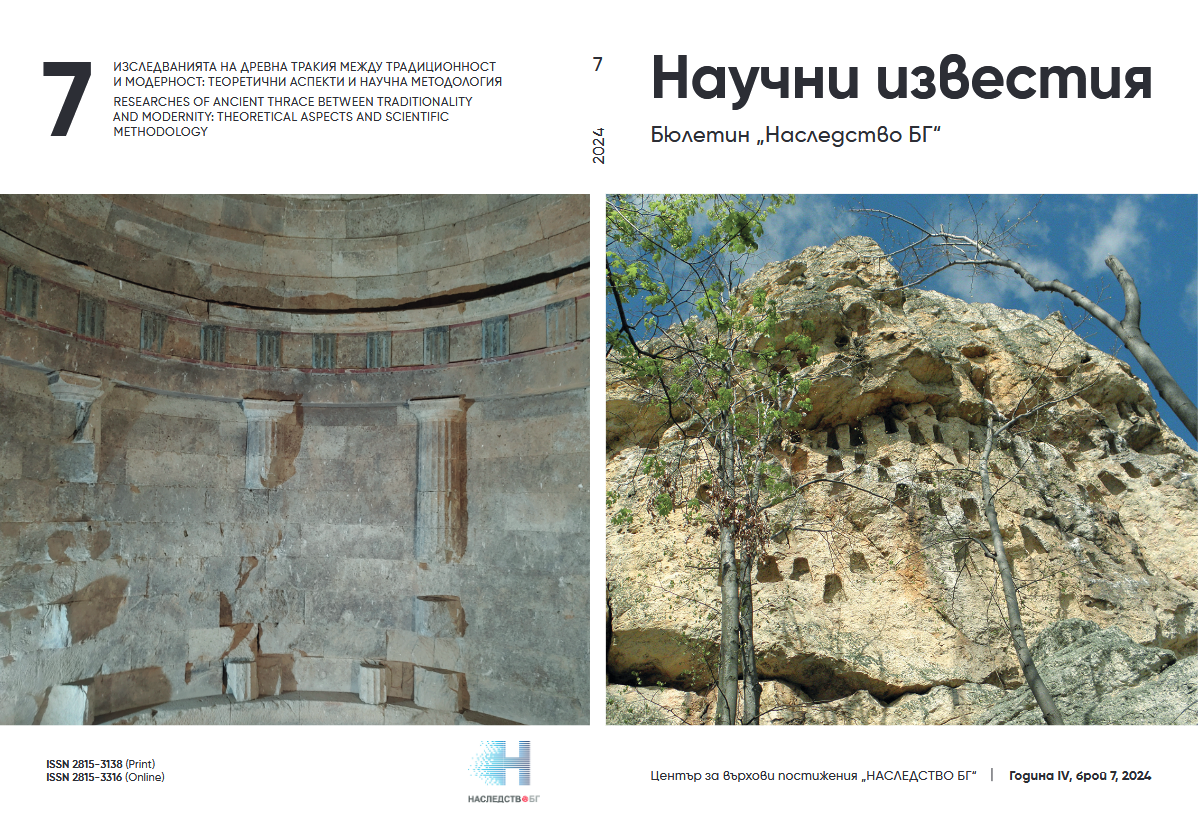The "early state" and its main characteristics
Keywords:
statehood, chiefdom, administration, rulership, anthropology, state apparatusAbstract
This article presents some of the most essential characteristics of the so-called early state, a concept that has been actively promoted in the last 50-60 years by cultural anthropology and ethnology to describe a form of politico-social structure in the post-chiefdom era. In order to avoid the “traps” of the so-called linear perspective in humans’ development, the author considers it more acceptable in each particular study one to look for the intersections between history, with its tendency to focus on changes, and anthropology and ethnology, which have a greater affinity for stable structures.
References:
Cardini, Franco. (1987). Istoki srednevekovogo rytsarstva. Moscow.
Grinin, Leonid. (2012). Rannie gosudartsva i ikh analogi v politogeneze: tipologii i sopostavitel’nyi analiz. In: Rannie formy politicheskikh system. Sostavitel’ i otvetstvennyi redactor V. A. Popov. St Petersburg, 2012, 9-98.
Hayashi, Takeshi. (2004). Urbanizatsiia i nomadism v Tsentral’noi Azii: istoriia i problemy. Materialy Mezhdunarodnoi konferentsii. Almaty, 117-134.
Kochakova, N. B. (1995). Razmyshleniia po povodu rannego gosudarstva. In: Rannie formy politicheskoi organizatsii: ot pervobytnosti k gosudarstvennosti. Moscow, 153-164.
Kradin, Nikolai. (1995). Vozhdestvo: sovremennoe sostoianie i problem izucheniia. In: Rannie formy politicheskoi organizatsii: ot pervobytnosti k gosudarstvennosti. Moscow, 11-61.
Bondarenko, Dmytrii, Leonid Grinin, Andrei Korotayev. (2002). Alternative Pathways of Social Evolution. – Social Evolution & History, no. 1, 54-79.
Claessen, Henry J.M. (1978). The Early State: A Structural Approach. In: The Early State (eds. Henry J. M. Claessen, Peter Skalník). The Hague-Paris-New York, 533-596.
Claessen, Henry J.M. (2008). Before The Early State and After: An Introduction. – Social Evolution & History no. 7/1, 4-18.
Claessen, Henry J.M., Peter Skalník. (1978). The Early State: Models and Reality. In: The Early State (eds. Henry Claessen, Peter Skalník). The Hague-Paris-New York, 637-650.
Claessen, Henry J.M., Peter Skalník. (1981). Ubi sumus? The Study of the State Conference in Retrospect. In: The Study of the State (eds. Henry J.M. Claessen, Peter Skalník). The Hague-Paris-New York, 469-510.
Golden, Peter. (1980). Khazar Studies. An Historico-Philological Inquiry into the Origins of the Khazars. Vol. 1-2. Budapest.
Golden, Peter. (1992). An Introduction to the History of the Turkic Peoples. Ethnogenesis and State-Formation in Medieval and Early Modern Eurasia and the Middle East. Wiesbaden.
Kradin, Nikolai. (2013). Criteria of Complexity in Evolution: Cross-Cultural Study in Archaeology of Prehistory. – Social Evolution & History, no. 12/1, 2013, 28-50.
Mauss, Marcel. (1950). Essai sur le don. Forme et raison de l’échanche dans les sociétés archaïques. Paris.
Service, Elman. (1975). Origins of the State and Civilization: The Process of Cultural Evolution. New York.
Stepanov, Tsvetelin. (2010). The Bulgars and the Steppe Empire in the Early Middle Ages: The Problem of the Others. Leiden-Boston.
Wittfogel, Karl. (1957). Oriental Despotism. A Comparative Study of Total Power. New Haven, CT.
Yoffee, Norman. (2005). Myths of the Archaic State. Evolution of the Earliest Cities, States, and Civilizations. New York.

